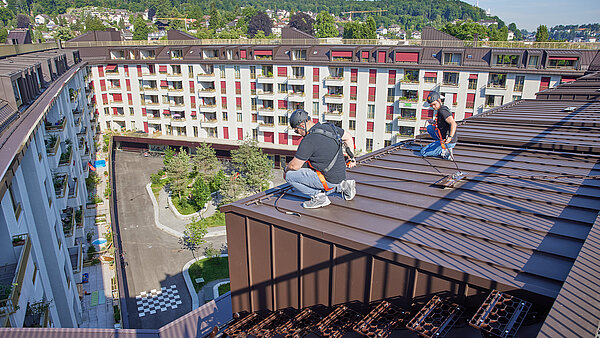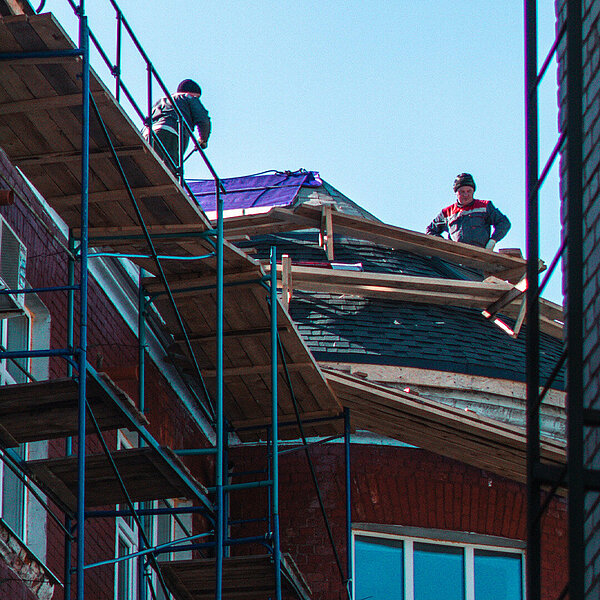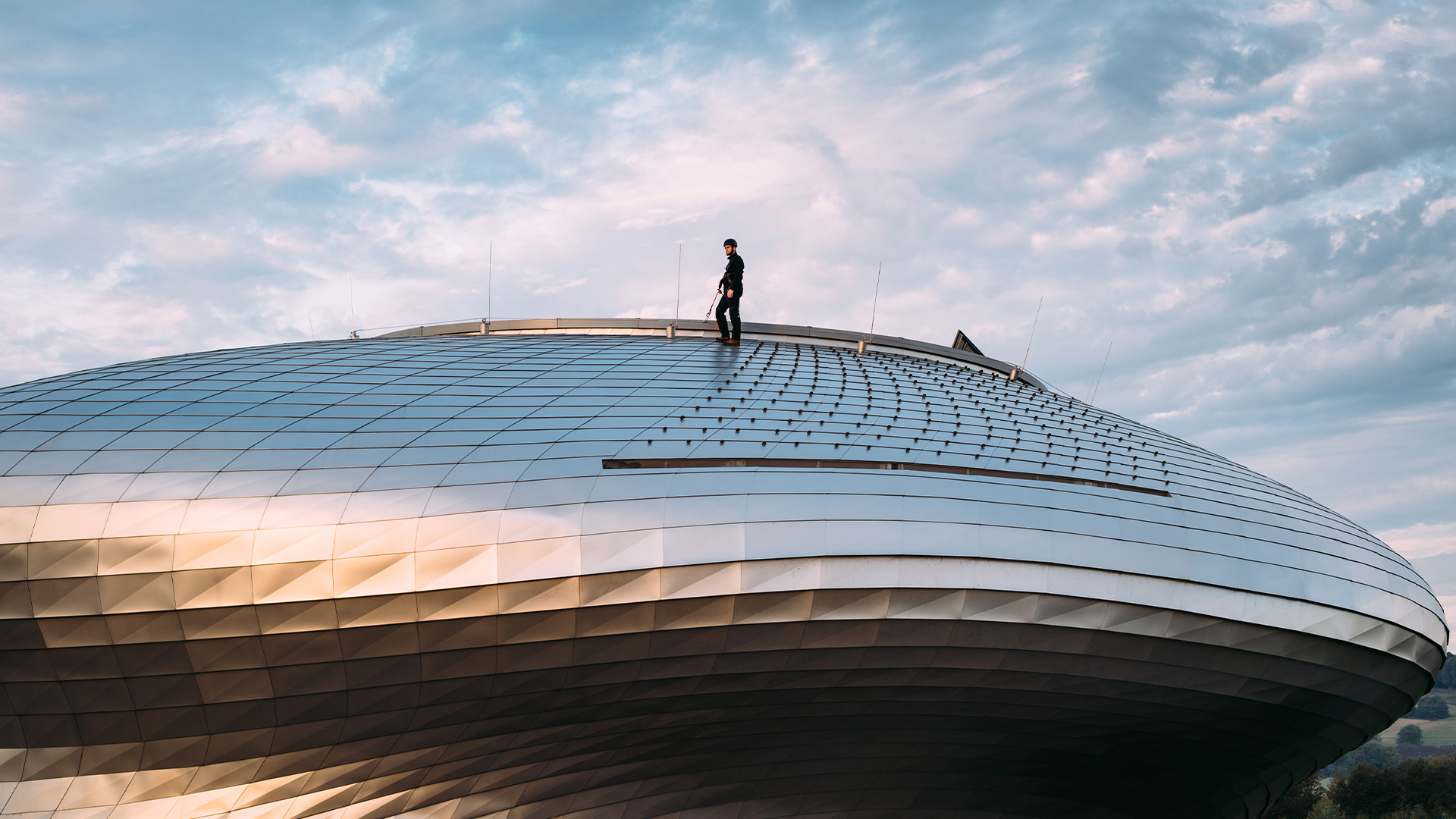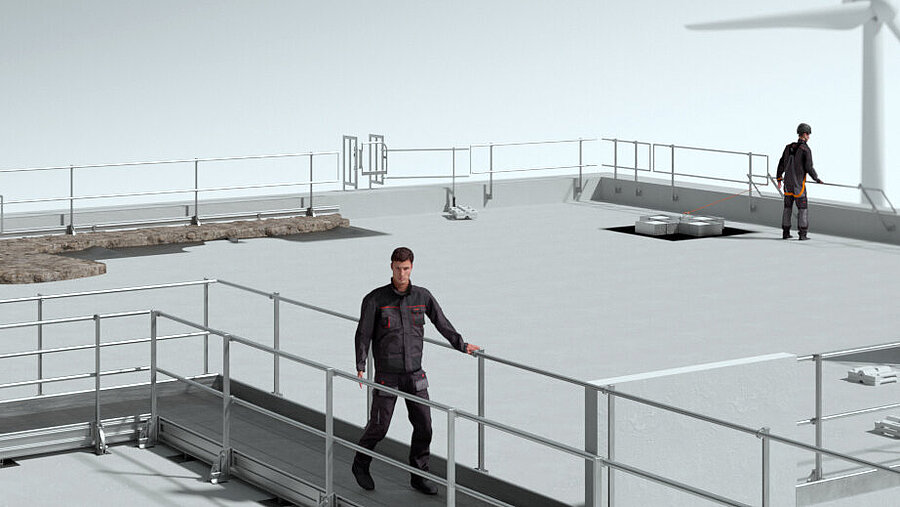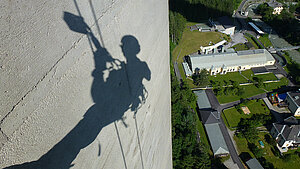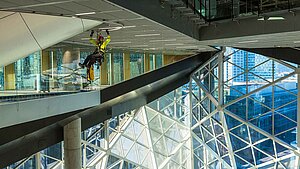The ASR A2.1 is one of the most important legal regulations in Germany when it comes to fall protection. It constitutes a so-called "technical rule for workplaces". Its contents deal with protection against falls from a height and falling objects as well as with accessing danger areas. The German Committee for Workplaces has prepared it and is responsible for keeping it up to date. Employers should meet the requirements of ASR A2.1 - not only to ensure compliance with all legal stipulations, but also to afford their employees the appropriate level of occupational health and safety.
Safe workplaces and traffic routes
Specifically, ASR A2.1 deals with the measures necessary to provide protection against falls from a height or falling objects at workplaces and traffic routes. This means that the person working needs to be secured not only at the position where the work is carried out but also along the way to the workplace (= traffic route). The latter becomes particularly relevant when different employers work jointly at one construction site: The industrial protection law and the regulation of the German Social Accident Insurance, DGUV, mandate that the employers concerned make joint arrangements in this regard. Moreover, the safety and health protection plan (SiGePlan), as well as the instructions given by the coordinator of the construction site must be observed.
Traffic routes can also be workplaces. However, the safety requirements for the traffic route remain unaffected. There must be no mutual endangerment of the people who work in the area and those who cross it in order to reach the actual workplace.
Fall protection as a measure must be given priority
In the ranking of measures designed to ensure protection against a fall from a height, the fall protection system must occupy the top spot! Fall protection systems comprise constructional and technical measures. (Refer to the STOP principle for more information on this topic.) Fall protection equipment must be installed in places where mounting a fall protection system is not an option. If installing fall protection equipment is not possible, either, it will be necessary to use personal protective equipment against falls from a height (PSAgA). Dispensing with PSAgA is only permissible in purely exceptional cases – for example during work on platforms where the edge is easily discernible and the workers possess the necessary qualifications.
Rule of thumb: A fall height of more than 1 metre requires fall protection.
The basis for suitable measures in the respective workplace situation is formed by the risk assessment. This assessment is addressed in the ASR A2.1 as well. Fall height, distance to the fall edge, type and duration of the activity, nature of the area below, as well as the working environment and other external influences become important when it comes to assessing the risk to employees.
The ASR A2.1 stipulates: A risk of falling is generally present at a fall height of more than 1 metre. Another prerequisite is that the workplace is within 2 metres of the edge. If these prerequisites are met, appropriate measures for ensuring fall protection must be taken.
The right choice of fall protection system protects against injuries. It is also critical in the lower fall height range between 1 and 2 metres. This is because the possible illusion of safety and the risk of injury due to an incorrectly dimensioned fall protection system can have serious consequences.
Examples of fall protection according to the ASR A2.1
It seems plausible to install a fall protection system on the edge of a flat roof, for example, in places where you would plunge into a depth of 5 metres. The fall height is high enough for you to feel insecure and abandon any illusion of safety. In this specific case, the fall edge must be secured. The type of protection the ASR A2.1 prescribes for this type of scenario is a so-called peripheral guard. The BARRIER guardrail system can be used as a collective protective measure to protect against falls from the edge of flat roofs.
Other examples of a fall protection system or, in this specific case, of a fall-through protection system are skylights. As components that are non-penetration-resistant, they must be secured accordingly - just as non-penetration-resistant roofs. Suitable for this purpose are either fixed fall protection systems, such as the BARRIER guardrail system, or the LIGHT skylight protection system, but also mobile systems, such as the EAP MOBI. The latter is used for temporary work and can be removed again when the work is complete.
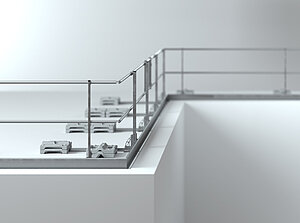
Guardrail System BARRIER
The variable railing system. As collective protection, the BARRIER guardrail system eliminates the danger which results from an edge.
The variable railing system
When accessing areas at height, edges (such as roof edges, working platforms, etc.) represent a danger area. One option for securing this danger area, both for construction work and for later servicing and maintenance tasks, consists of installing a guardrail system.
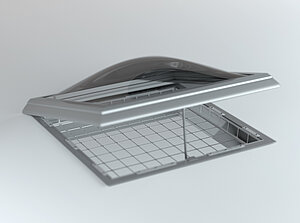
Skylight Protection System LIGHT
Skylights or strip lights are often installed to allow sufficient light to penetrate areas beneath flat roofs.
The protection system for skylights and strip lights
With the LIGHT skylight protection system, Innotech provides simple and effective safety without impairing the light penetration.

EAP-MOBI
EAP-MOBI skylight protection system
The EAP-MOBI skylight fall-through protection system from INNOTECH can be used as fall-through protection, and also as a single anchor point for one person. This enables a person positioned on a skylight to move safely, starting from the ...
Details and further information
The official document of ASR A2.1 can be found here on the website of the Federal Institute for Occupational Safety and Health. The website also details other ASRs = Technical rules for workplaces that may apply in other specific work situations and makes them available for download as PDF files.
You will find more information on the legal principles of fall protection in another wiki post.
